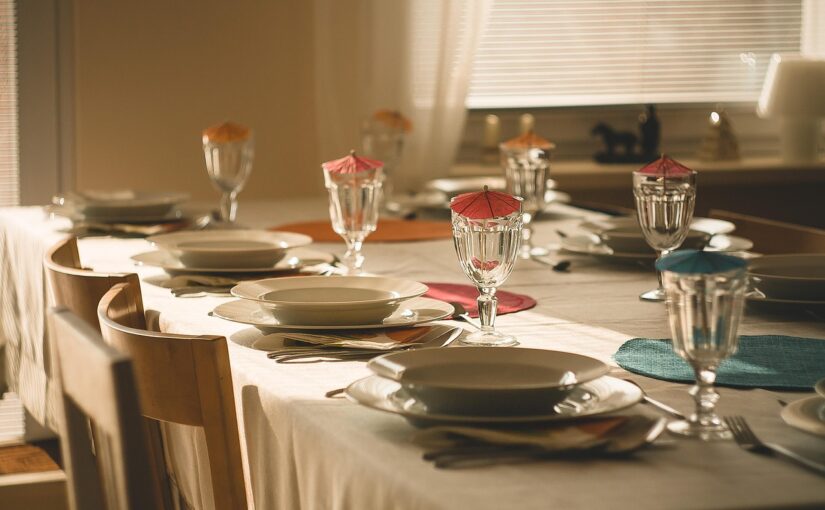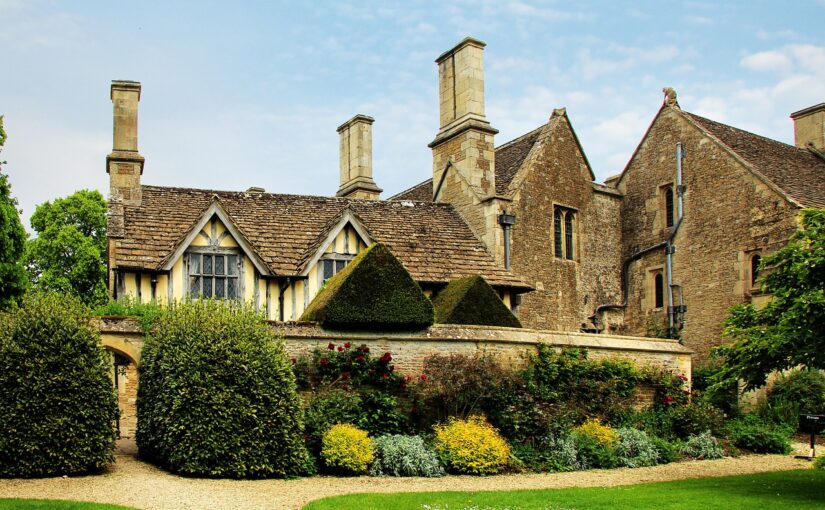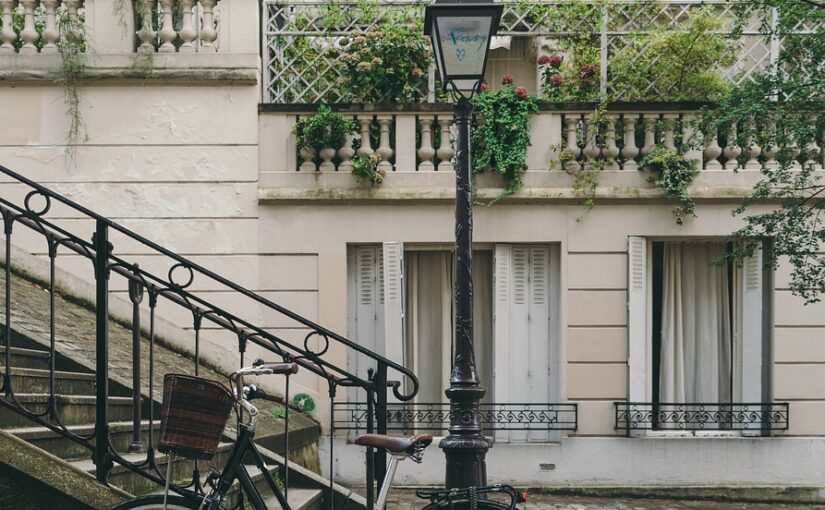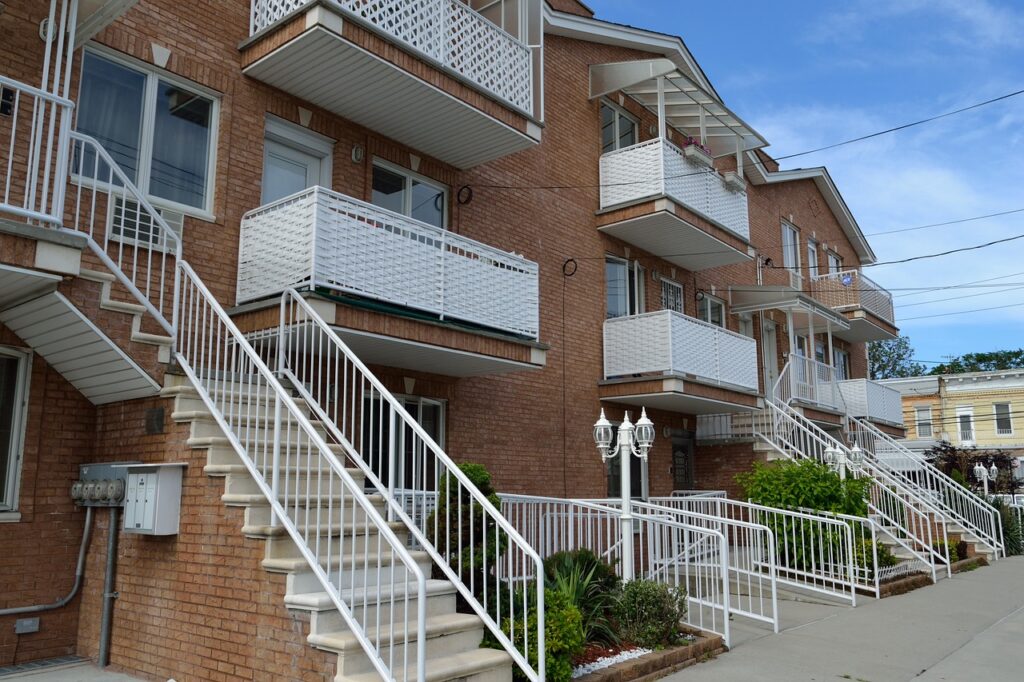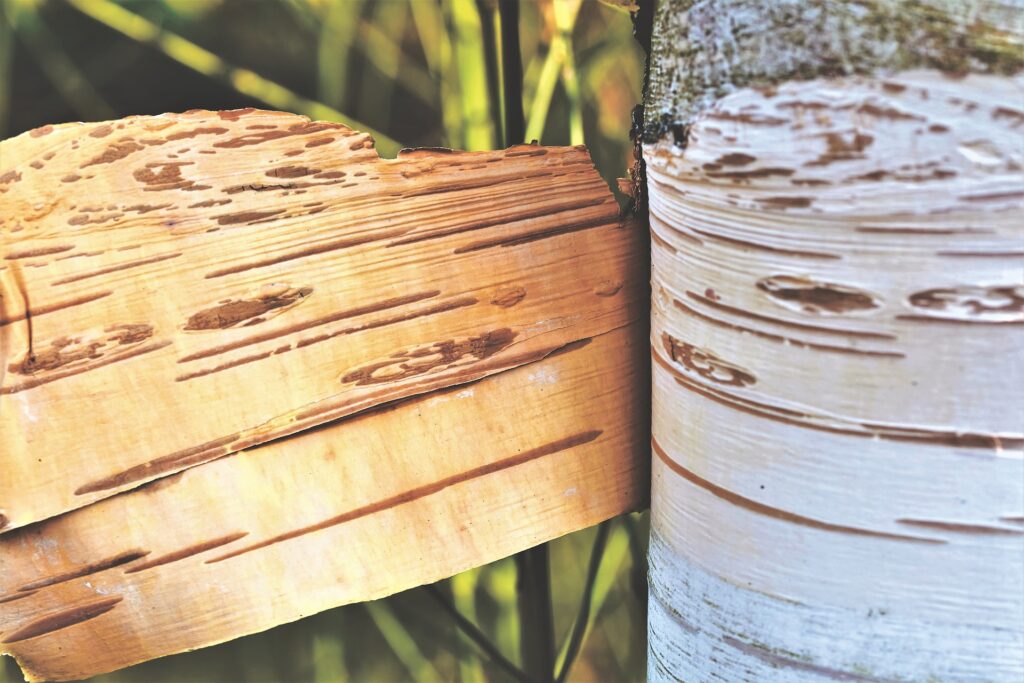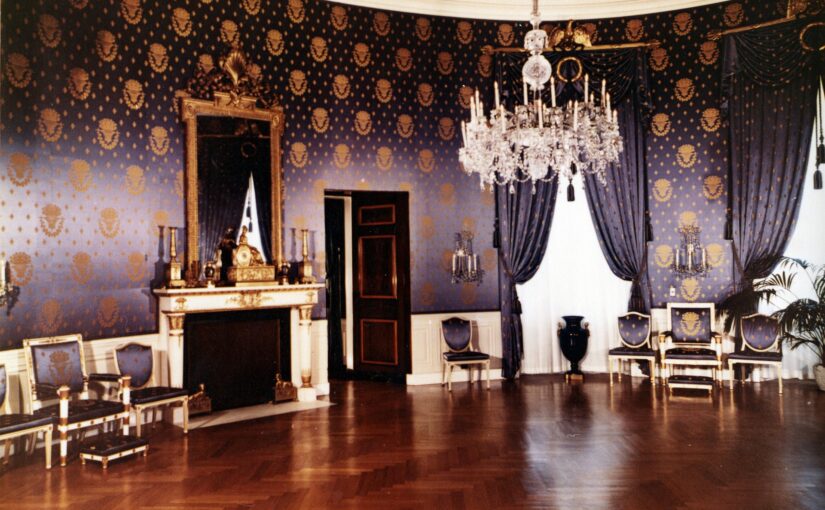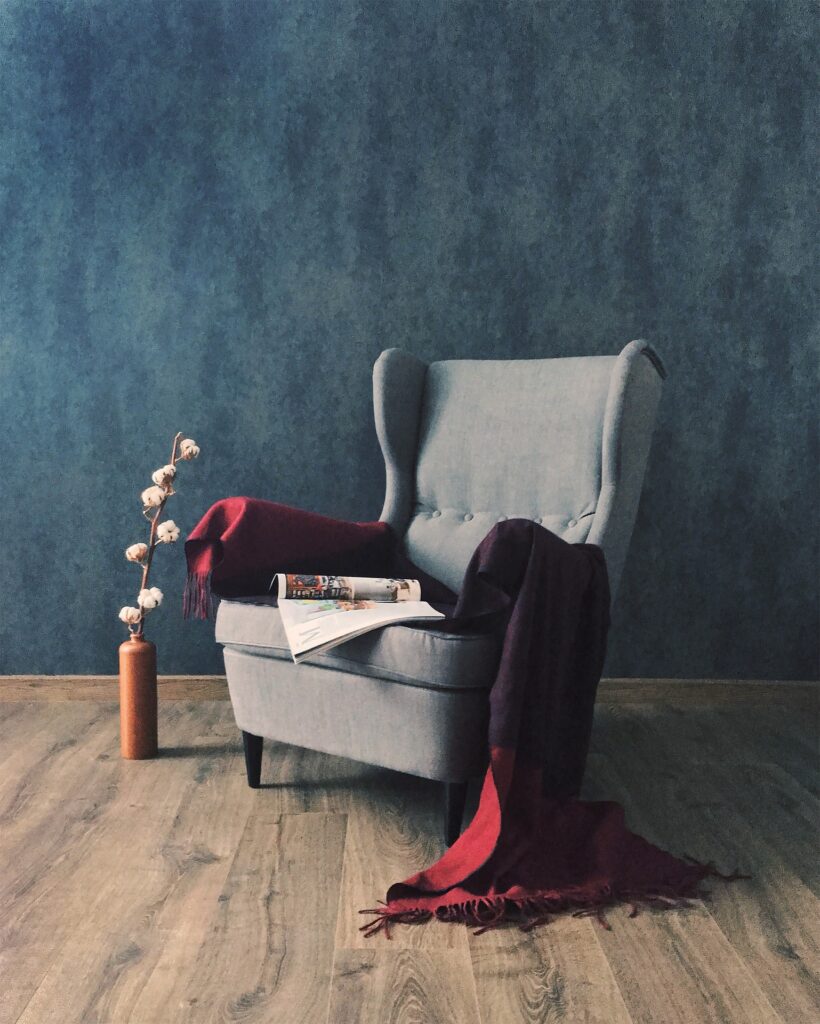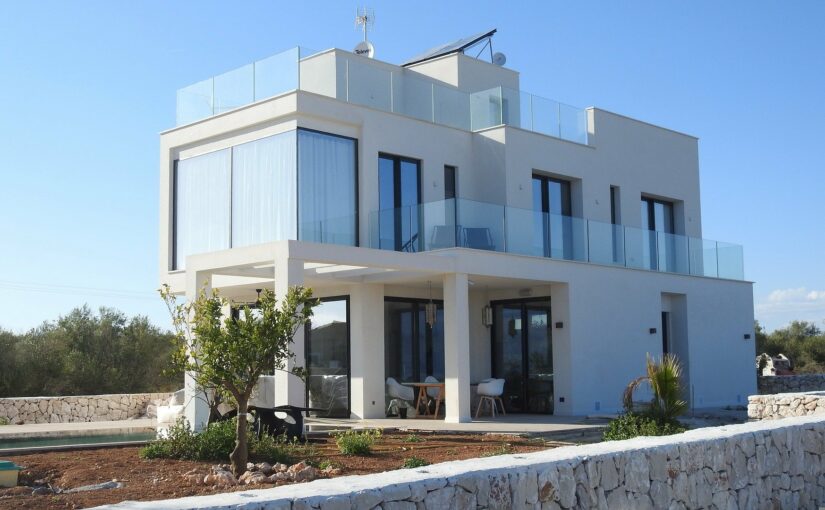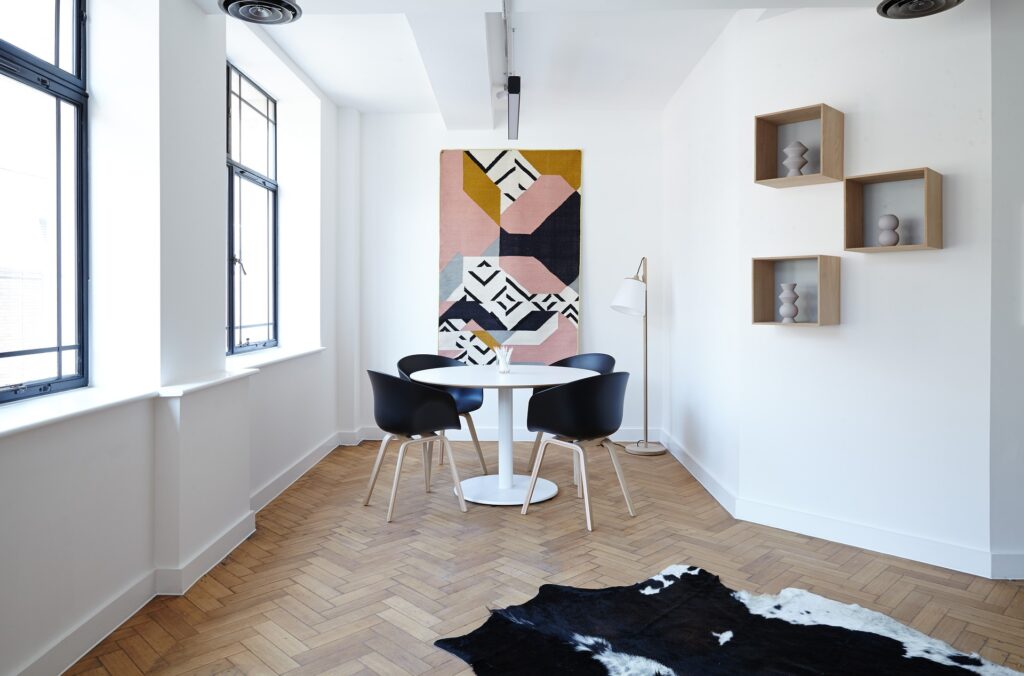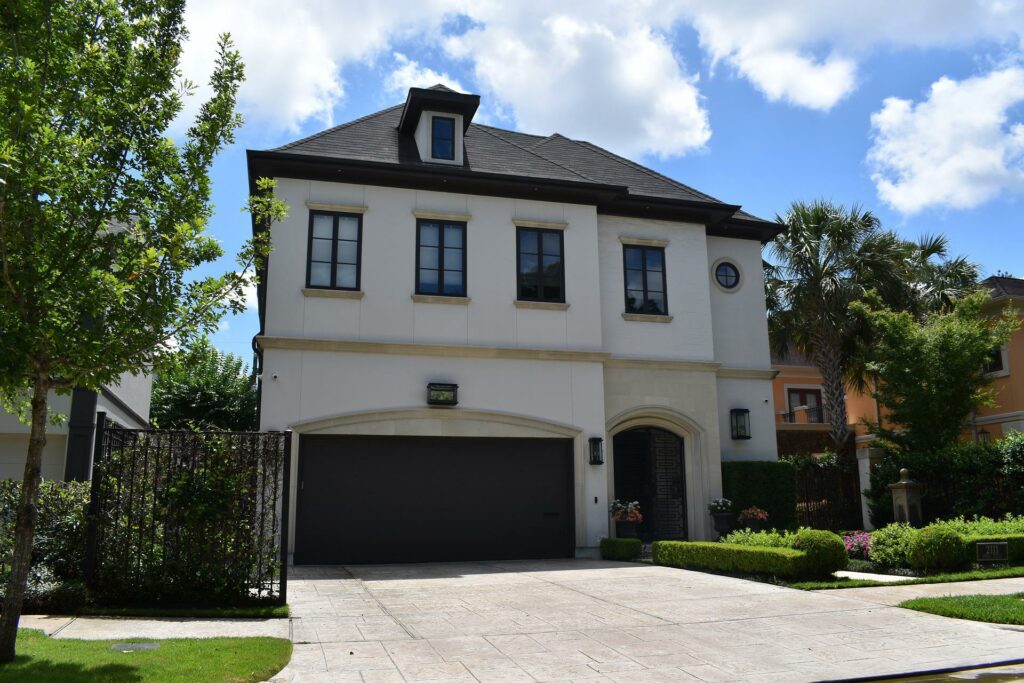In the world of all the homes, that range from cozy studios to sprawling estates, cheap property sales, or luxurious Mansions for millionaires, there’s a growing trend that’s not just about square footage—it’s about embracing the chaos, laughter, and occasionally, the controlled pandemonium of multigenerational living. This unique lifestyle has surged in popularity as families realize that sharing a roof with grandparents, parents, kids, and maybe even the family pet, can lead to some truly unforgettable moments.
The Great Multigenerational Symphony of Chaos
Imagine waking up in a house shared with extended family. It starts with the sweet serenade of your grandfather’s vintage alarm clock, syncopated with the playful barks of your niece’s energetic puppy. You stumble into the kitchen only to find a heated debate between your dad and uncle about whose turn it is to mow the lawn. Amidst the symphony of opinions, there’s a harmonious blending of cultures, experiences, and quirks that make multigenerational living an adventure worth experiencing.
The Battle of the TV Remote
Somewhere among all the homes, imagine an ordinary multigenerational household. Who will be in charge of the remote control? The remote control becomes the ultimate battleground! Picture this: Grandma fervently watching her favorite soap opera, dad engrossed in the latest news, teenagers binge-watching a trendy series, and the little ones clamoring for cartoons. Therefore, the remote becomes a coveted artifact, passed from hand to hand with diplomatic negotiations more intense than any UN summit. As alliances form and re-form, it’s a struggle that unites the family in ways unexpected.
The Tangled Web of Generational Lingo
In all homes where living under one roof means more than just sharing space; it also means sharing language. And in a multigenerational home, language is anything but uniform. Grandpa’s vintage slang meets Gen Z’s emoji-heavy vocabulary, creating linguistic collisions that are both confusing and utterly delightful. Conversations take on the quality of a linguistic kaleidoscope, where you might hear “groovy” and “lit” in the same sentence.

A Kitchen Comedy of Culinary Styles
When it comes to the kitchen, each generation brings its culinary traditions, leading to a deliciously diverse fusion of flavors and cooking techniques. So, Grandma’s secret sauce recipe clashes with the teenagers’ love for experimental, Instagram-worthy dishes. The result? A mealtime dance where lasagna coexists with sushi and chocolate-chip pancakes are served right alongside quinoa salad.
The Wardrobe Wars
With multiple generations comes a treasure trove of fashion choices. From grandpa’s vintage bell-bottoms to the teenagers’ obsession with athleisure wear, the wardrobe becomes a time-traveling exhibit of style. Arguments over closet space become epic showdowns—imagine a showdown between mom’s polka-dot dresses and dad’s “retro” Hawaiian shirts. It’s like living in a sitcom, complete with wardrobe malfunctions and a laugh track in your head.
Grandma’s Tech Trouble
In a house full of different age groups, technological prowess is a battleground. While the younger generation can navigate the latest gadgets with ease, grandma might mistake the TV remote for a phone. Cue the daily tech support calls that sound something like: “Grandma, the TV isn’t broken. You accidentally muted it again.” But besides the annoyance, there’s a beautiful exchange of skills. In this case, the younger ones learn the art of patience and the older ones master the art of adaptation.
Creating Memories Worth Cherishing
During the hilarious chaos of multigenerational living, there’s an underlying truth that shines through: the creation of memories that will be cherished for generations to come. From the uproarious family game nights to the impromptu dance parties in the living room. It is these moments that form the tapestry of a life well-lived. The stories born within these walls will be shared at family gatherings for years, laughter echoing through time.
In Conclusion
Among all the homes, Multigenerational living is more than just sharing a roof; it’s sharing experiences, stories, and the journey of life itself. It’s a dynamic adventure that mixes the old and the new, the wise and the funny, in a symphony of chaos that somehow creates harmony. So, if you ever find yourself in a household where grandpa’s dance moves inspire TikTok trends and the living room doubles as a wardrobe battleground, know that you’re part of a multigenerational masterpiece—a living, breathing, and hilariously sassy work of art.
